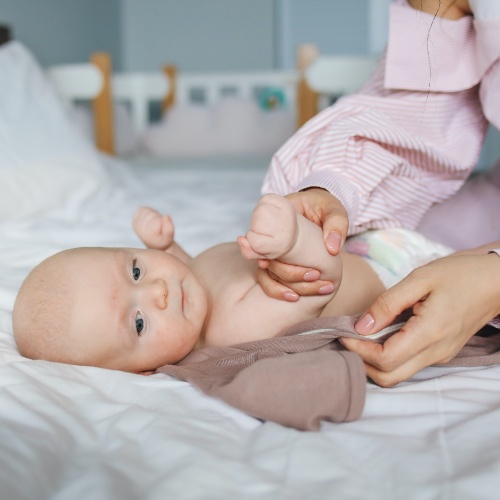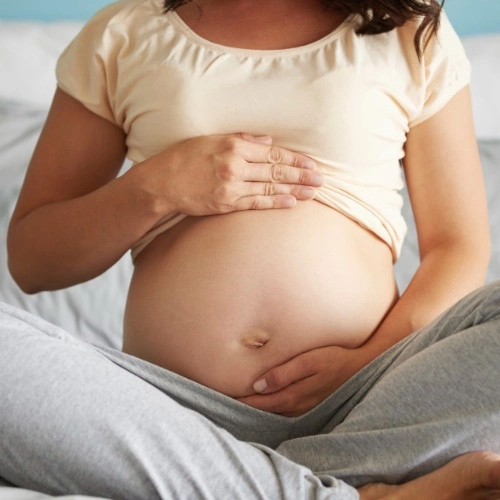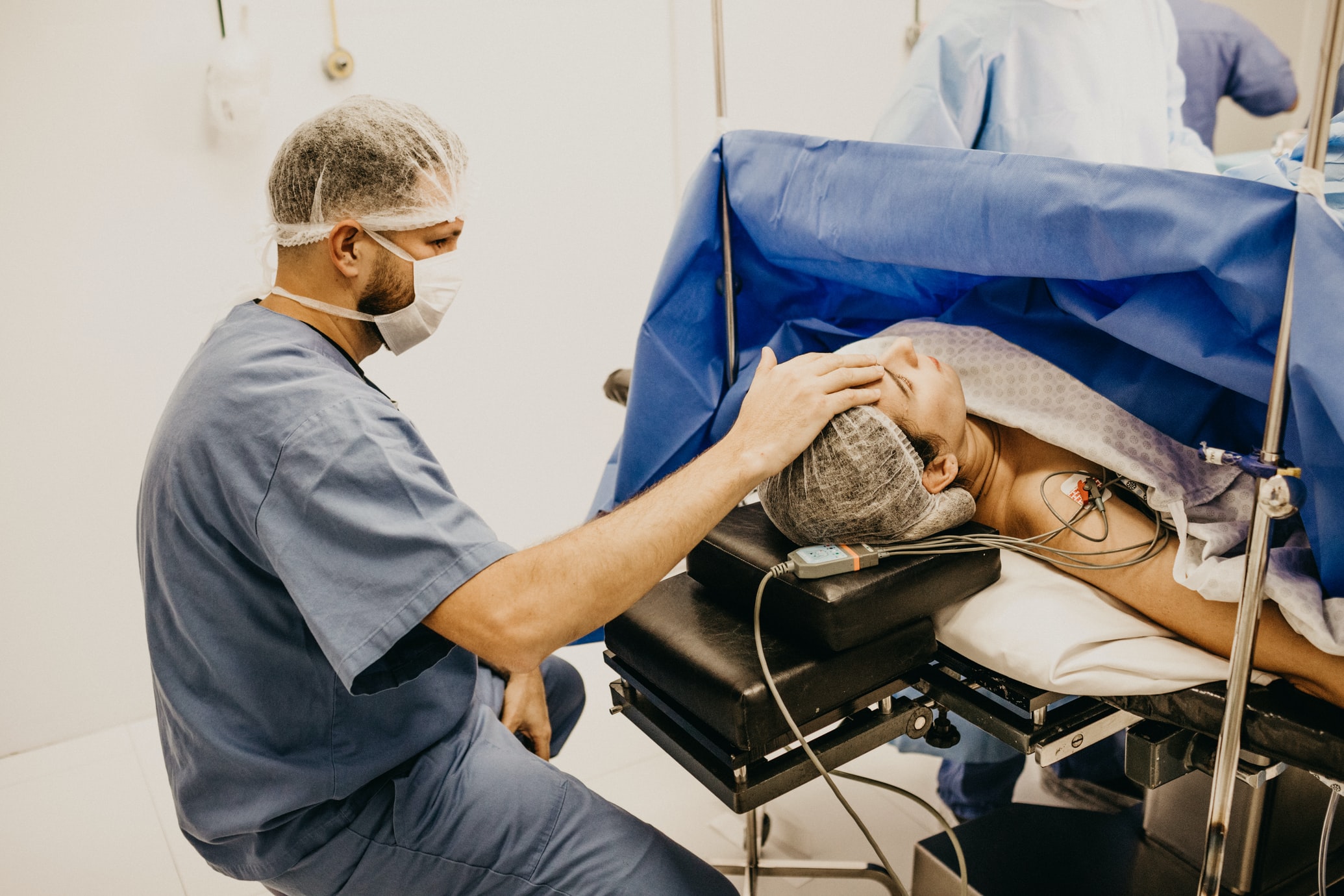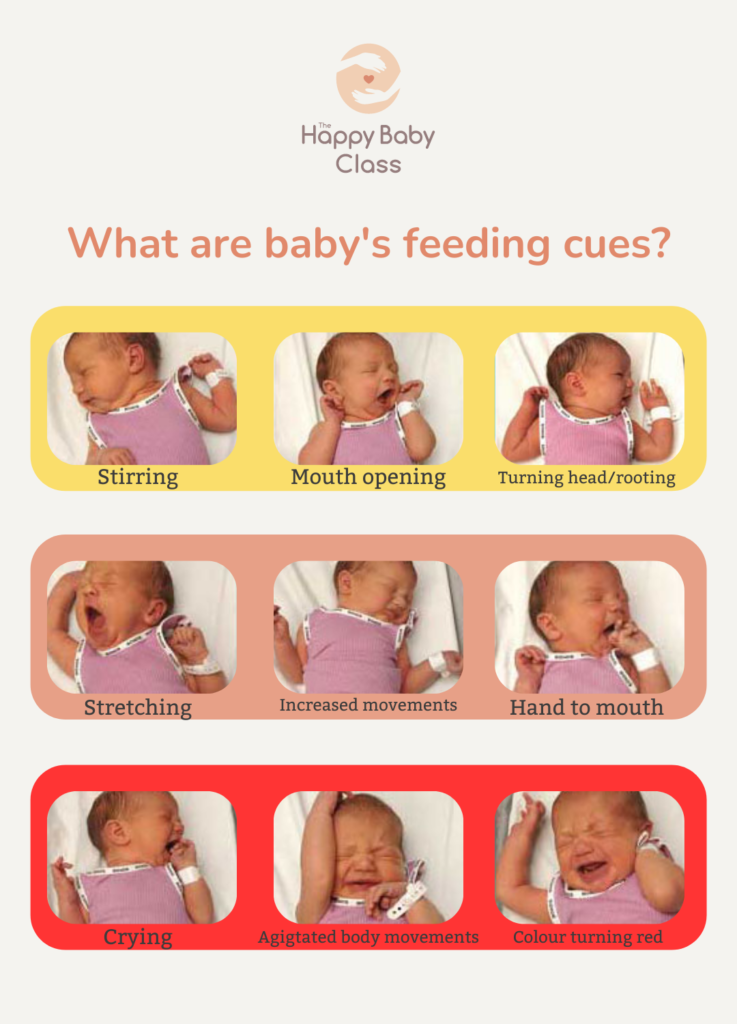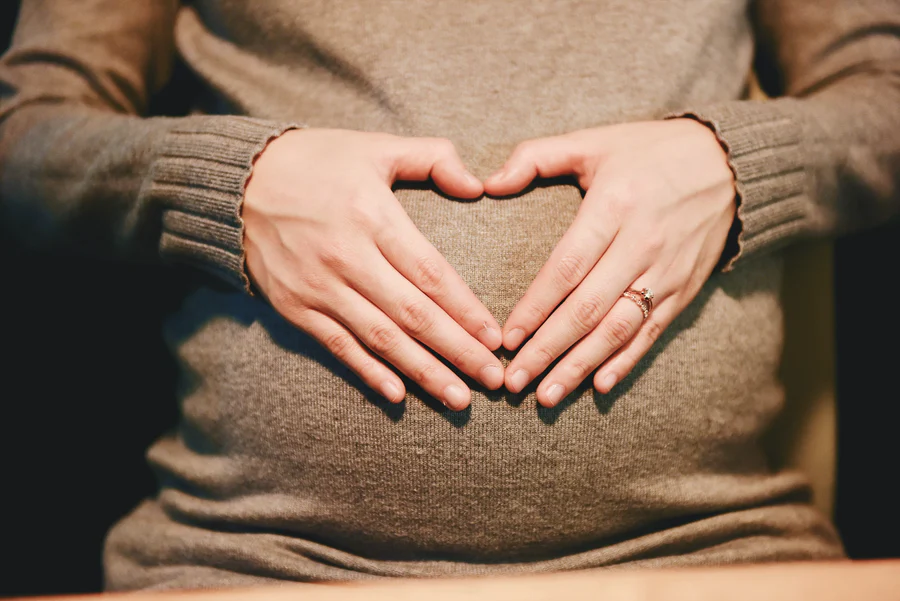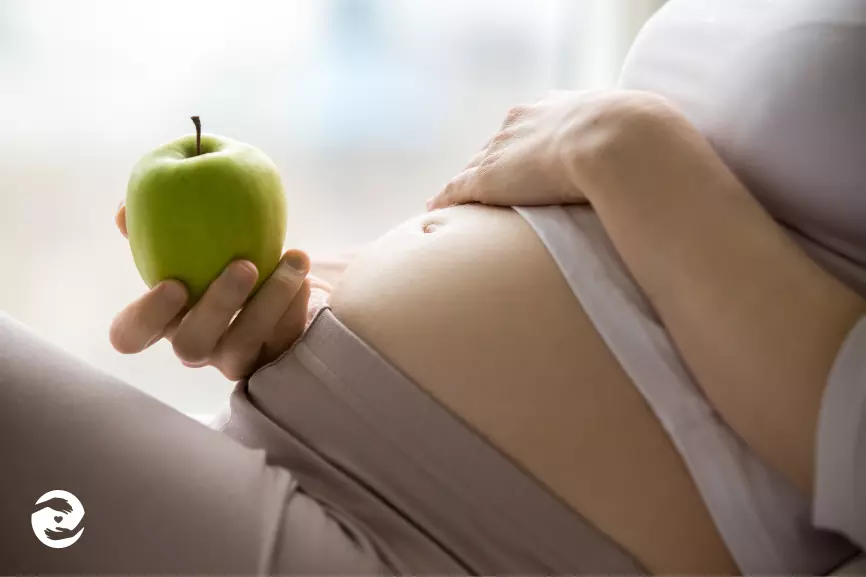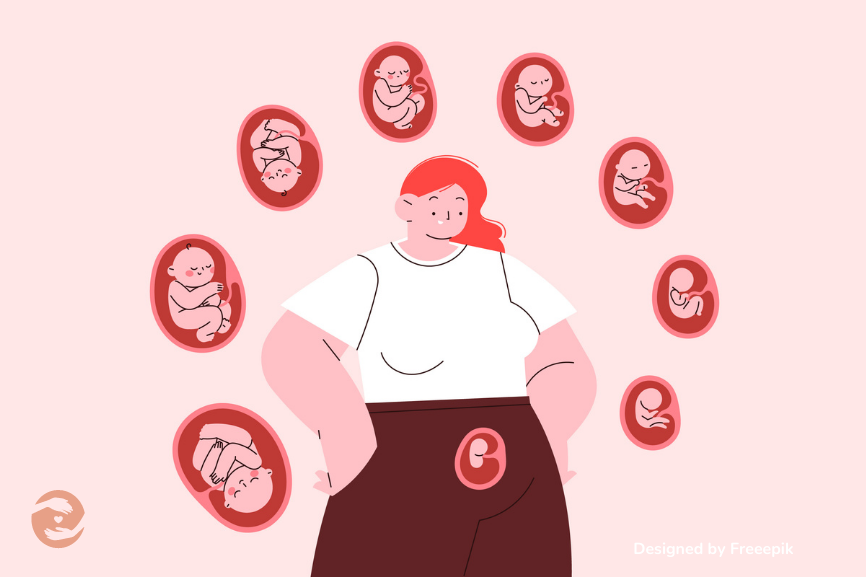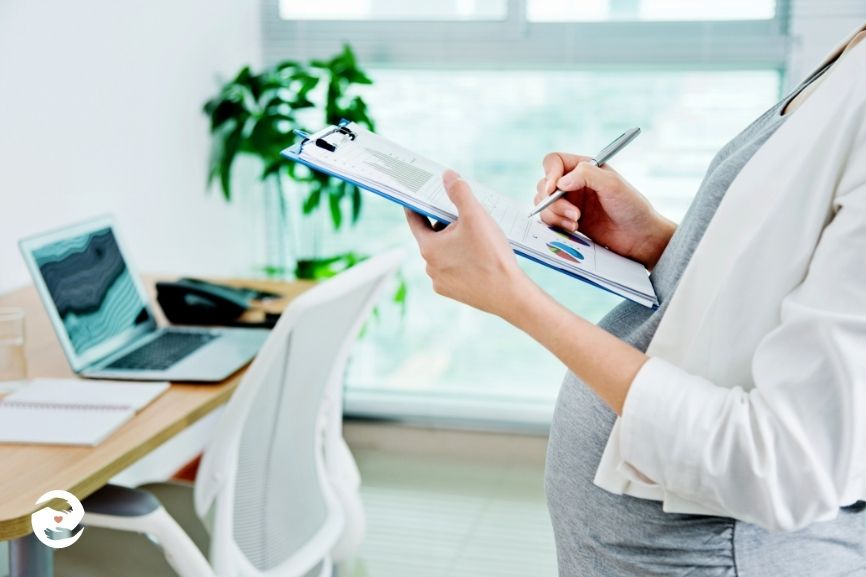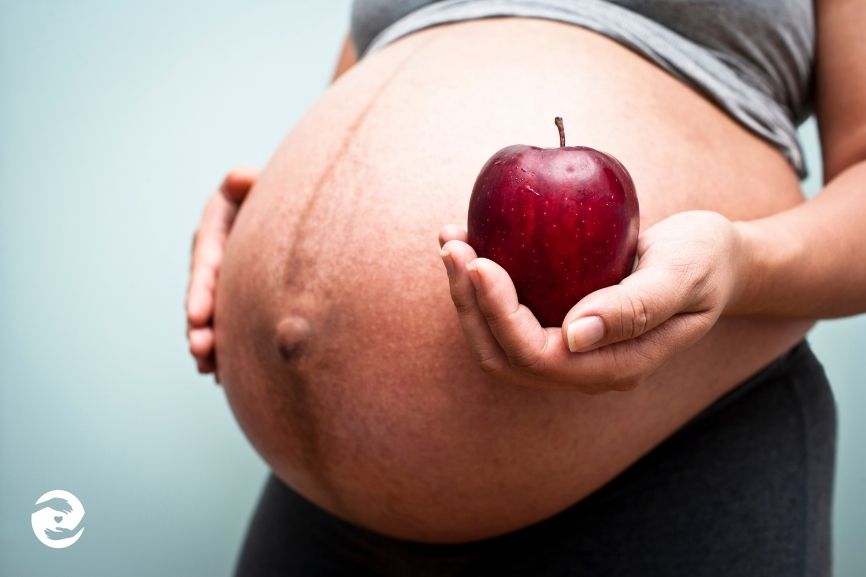Being pregnant is an astonishing experience for any woman even though it might be very exhaustive at times too. A whole new life is about to develop inside your womb, and this is an incredibly complex process, to say the least. So, how does a baby develop from after the fertilization of an egg cell by a sperm occurs? Surely you have asked yourself this question several times both before and during your pregnancy, and you are probably curious to know how your fetus is growing and developing at specific times during your pregnancy. If so, you will find this article very interesting, since we are about to provide you with an overview of how the fetus grows and develops during the time of your pregnancy!
The stages of a pregnancy
The typical pregnancy consists of 40 weeks (9-10 months). These weeks are commonly divided into three trimesters; the first trimester, the second trimester, and the third trimester. Below we will explain how the fetus grows and develops during each of these three trimesters. If you also wish to see visuals of the development of the fetus during pregnancy, you can do so here.
The first trimester
The first trimester starts at the time of conception and continues until week 12 of the pregnancy. This is the first three months of the pregnancy and during this time, the fertilized egg will develop from a group of cells to a fetus.
The first month (weeks 1-4)
During the start of the pregnancy, the amniotic sac filled with amniotic fluid will form around the fertilized egg and help cushion the embryo. Furthermore, the placenta will develop. The placenta is a very fascinating organ that only exists during pregnancy, and it enables the transportation of nutrients from the mother to the fetus and transports wastes from the fetus.
Already during this first month, the embryo will develop a primitive face with eyes in the form of large dark circles. Additionally, the mouth, lower jaw, and throat will start to develop. The circulation in the embryo will begin and the tiny “heart” tube in the embryo will beat 65 times a minute by the end of the fourth week. At the end of this first month, the embryo is approximately 1/4 inch long, which is smaller than a grain of rice!
The second month (week 5-8)
The facial features will continue to develop during this period, and the ears will slowly begin to form. Furthermore, fingers, toes, eyes, arms, and legs will also start to form. The neural tube (consisting of the brain, spinal cord, and other neural tissue of the central nervous system) is well-formed by this time. Additionally, the digestive tract and sensory organs are starting to develop, and bone will start to replace cartilage. At this point, the head of the embryo is much larger than the rest of the body. Around 6 weeks in, a heartbeat can usually be detected and after the 8th week, the embryo is officially a fetus. At the end of this month, the fetus is about 1 inch long and weighs about 1/30 of an ounce.
The third month (week 9-12)
By this month, the arms, hands, fingers, feet, and toes of the fetus are fully formed! The fetus will now start to move around more in the womb by for instance opening and closing its fists and mouth. The fingernails, toenails, and teeth of the fetus are also starting to develop, and the external ears are formed. Furthermore, the reproductive organs will start to form in the fetus, but the gender will still be hard to determine on an ultrasound during this phase.
By the end of this third month, all the organs and limbs of the fetus are present, and the fetus is fully formed. During the rest of the pregnancy, the organs and limbs of the fetus will continue to develop and become functional. The fetus is now about 4 inches long and weighs about 1 ounce. Since the most critical development of the fetus is now completed, the chance of miscarriage is drastically reduced after these three months of pregnancy.
The second trimester
For a pregnant woman, the second trimester is usually the more enjoyable part of the pregnancy since the morning sickness and discomfort of early pregnancy usually start to fade. This trimester expands over week 13 to week 28 of the pregnancy. The fetus will now start to develop more facial features and it will also start to flip and turn in the uterus. Another exciting part of this trimester is that you will have the choice to find out the gender of your baby!
The fourth month (week 13-16)
During this month the heartbeat of the fetus will be audible by using a doppler. The eyelids, eyebrows, eyelashes, nails, and hair of the fetus are now formed and the teeth and bones become denser. Furthermore, the fetus will now be able to suck their thumb, yawn, stretch, and have facial expressions. Now the nervous system is starting to function in the fetus and the reproductive organs and genitalia are fully developed. It is therefore possible to detect the gender of the fetus on an ultrasound! At the end of this month, the fetus will be about 6 inches long and weigh about 4 ounces.
The fifth month (week 17-20)
This is the month when you can start to feel the fetus moving around in the uterus! This is because the fetus is starting to develop muscles and exercise them. Hair will now start to grow on the head of the fetus and the shoulders, back, and temples are covered by a soft fine hair called lanugo. This hair is formed to protect the fetus and it is usually shed during the week that your baby is born. Apart from the protecting hair, the skin of the fetus is also covered with a whitish coating called vernix caseosa which is thought to protect the fetal skin from the long exposure to the amniotic fluid. This coating is shed just before birth. By the end of this month, the fetus is about 10 inches long and weighs from 1/2 to 1 pound.
The sixth month (week 21-24)
The skin of the fetus now has a reddish colour and it is wrinkled, and some veins are visible through the skin. The finger and toe prints are also visible at this time and the eyelids will begin to part and the eyes will open. The fetus will also start to respond to sounds by moving or increasing its pulse. By the end of this sixth month, the fetus is about 12 inches long and weighs about 2 pounds.
The seventh month (week 25-28)
During the seventh month, the fetus continues to mature and the organs and limbs are becoming more functional. The fetus will also develop reserves of body fat. The hearing of the fetus is fully developed at this time and the fetus will respond to stimuli like sound, pain, and light, and it will change positions frequently. If the baby is born prematurely after the seventh month, it will likely survive. At the end of this month, the fetus is about 14 inches long and weighs from 2 to 4 pounds.
The third trimester
During this final stage of the pregnancy, each week of development helps the fetus prepare for birth. The third trimester will reach from week 29 to the last week of pregnancy, which is usually week 40 but you can go past your due date by a week or two. Considering that the typical full-term pregnancy is 40 weeks, this can take you into a tenth month of pregnancy. During this trimester, the fetus will gain body fat and weight quickly that will help after birth.
The eight month (week 29-32)
During the eight months of pregnancy, the fetus will continue to mature and develop adequate reserves of body fat. Commonly, you will notice the fetus kicking more during this month. The brain of the fetus will develop rapidly at this time, and the fetus can now see and hear. By this month, most internal systems in the fetus are well developed although the lungs may still be immature. The fetus is now about 18 inches long and weighs as much as 5 pounds.
The ninth month (week 33-36)
The fetus continues to grow and mature to prepare for birth and the lungs are almost fully developed by this month. The fetus now has coordinated reflexes and can blink, close its eyes, turn its head, grasp firmly, and respond to stimuli such as sounds, light, and touch. At this month, the fetus is about 17 to 19 inches long and weighs from 5 ½ pounds to 6 ½ pounds.
The tenth month (week 37-40)
The final month of pregnancy! During this month, you could go into labour at any time. The fetus might move less during this month due to a lack of space. The position of the fetus in the womb may have changed to prepare for birth and ideally, the head of the fetus is down in your uterus. This might feel very uncomfortable as the fetus drops down into your pelvis and prepares for birth. As your baby is ready to meet the world it will be about 18 to 20 inches long and weigh about 7 pounds.
By now, you are hopefully a little bit more acquainted with how your fetus will grow and develop inside your body during your pregnancy. It’s a truly beautiful process, which is why I believe that every baby born is a miracle! If you’d like to learn more about the later stages of development of the fetus, you can do so in our full day Antenatal Masterclass!


